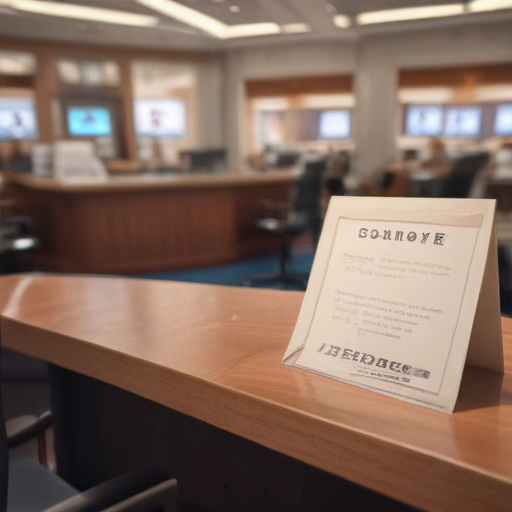Jim Acosta’s nearly two-decade tenure at CNN has come to an end, marking the departure of a journalist known for his unwavering commitment to First Amendment rights and fierce defense of journalistic freedoms. Despite his distinguished career, the network’s chief executive, Mark Thompson, proposed a significant shift in Acosta’s role, intending to move him to a midnight slot as part of a larger reorganization.
Acosta expressed concern that this move was a tactic to sideline critical voices regarding the Trump administration. Thompson assured him that the change was not connected to his past conflicts with President Trump, reiterating that Acosta’s new time slot would still hold prime visibility on the West Coast. However, the two could not come to an agreement, leading to Acosta’s departure.
This decision occurs alongside CNN’s broader strategy, which involved laying off approximately 200 employees and pivoting towards digital content. The network plans to develop a new streaming service and aims to recruit about 100 new roles in the upcoming months.
Acosta, renowned for his pointed questioning during press briefings, notably gained national attention when CNN sued the federal government to restore his press credentials after he was briefly barred from the White House. His exit underscores a pivotal moment in CNN’s transformation as it adapts to the evolving media landscape.
In summary, Jim Acosta’s exit symbolizes both personal and organizational change within CNN, reflecting the network’s ongoing transition and the challenges faced by journalists in navigating new operational directions.
This situation can be viewed as a hopeful realization for journalistic integrity as Acosta moves on to new opportunities, potentially continuing to advocate for free press and transparency in government, critical for democracy.
